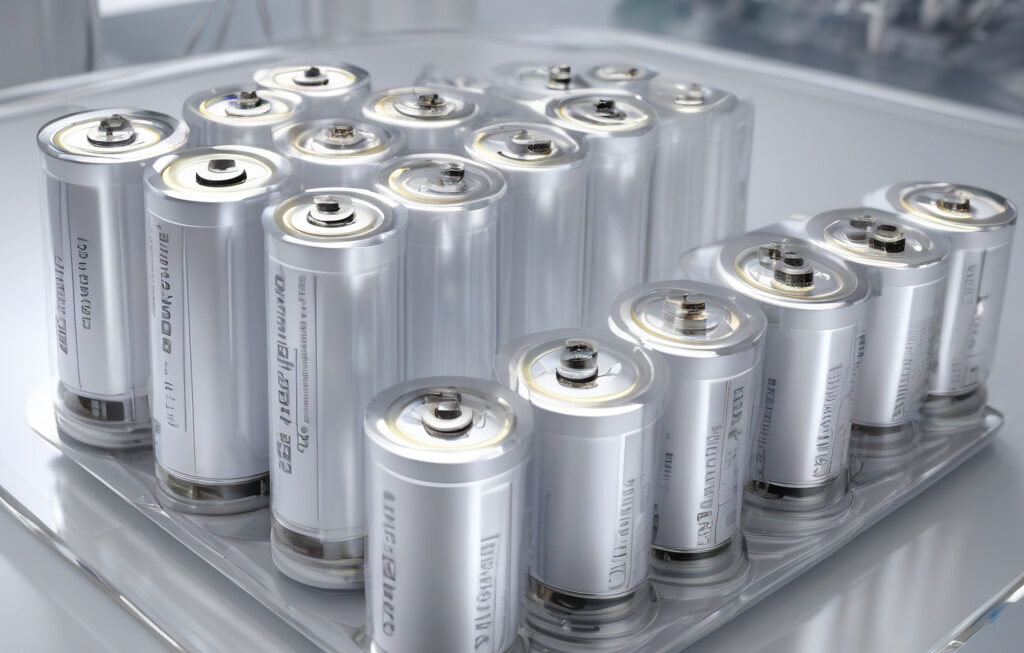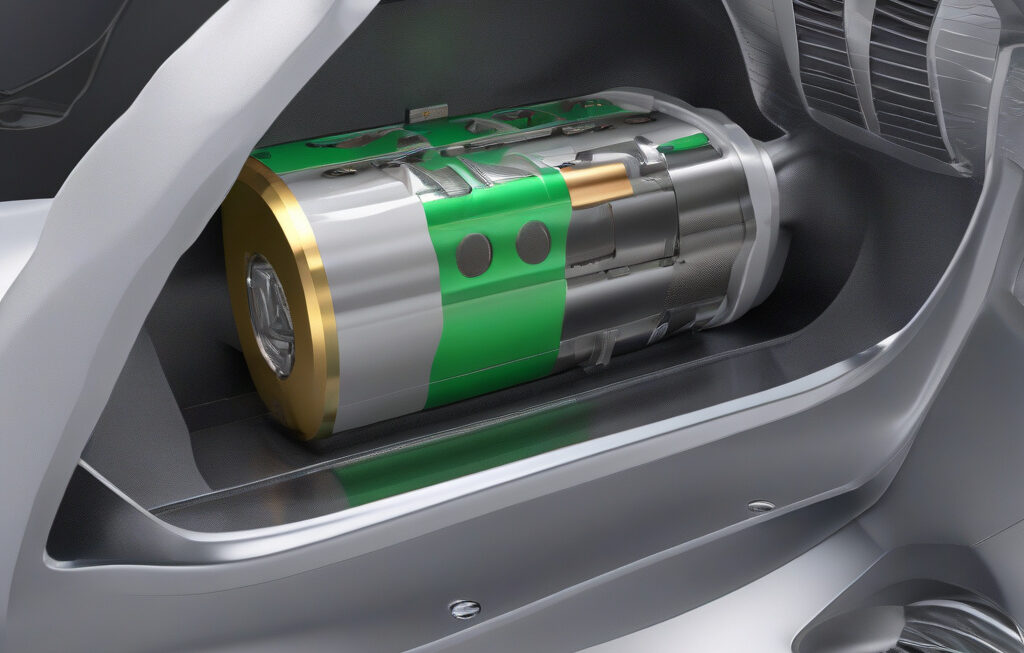EV Energy Boost: Breakthrough Plasma Treatment Could Double Supercapacitor Capacity
Scientists at Russia’s Skoltech have achieved a refined understanding of how plasma treatment can significantly enhance the performance of supercapacitors, offering a promising solution to the limitations of energy storage in Electric Vehicles (EVs). This breakthrough could potentially double the capacity of supercapacitors, revolutionizing the EV industry and paving the way for more sustainable transportation solutions.
Supercapacitors have long been hailed as a key technology for energy storage due to their ability to quickly store and deliver energy. However, their limited capacity compared to traditional lithium-ion batteries has been a major barrier to widespread adoption in EVs. By utilizing plasma treatment, researchers have found a way to increase the energy density of supercapacitors, making them a more viable option for powering electric vehicles.
Plasma treatment involves subjecting the supercapacitor materials to a high-energy plasma discharge, which leads to the formation of highly reactive species on the surface of the material. This process enables the creation of more surface area within the supercapacitor, allowing for greater ion adsorption and ultimately increasing its energy storage capacity.
The key innovation in this breakthrough lies in the precise control of the plasma treatment process. By carefully adjusting the parameters of the treatment, researchers were able to optimize the surface structure of the supercapacitor material, maximizing its energy storage capabilities. This level of control represents a significant advancement in the field of energy storage technology and opens up new possibilities for improving the performance of supercapacitors across various applications.
One of the most exciting aspects of this discovery is its potential impact on the EV industry. With the global push towards sustainable transportation, finding efficient and high-capacity energy storage solutions is crucial for the widespread adoption of electric vehicles. By doubling the capacity of supercapacitors through plasma treatment, researchers have taken a significant step towards addressing the energy storage challenges faced by the EV sector.
Moreover, the use of supercapacitors in EVs offers several advantages over traditional batteries. Supercapacitors can be charged and discharged much more rapidly, making them ideal for regenerative braking systems and other applications that require quick bursts of power. Additionally, supercapacitors have a longer cycle life compared to lithium-ion batteries, reducing the need for frequent replacements and contributing to overall cost savings.
As the demand for EVs continues to rise, innovations in energy storage technology will play a crucial role in shaping the future of transportation. The breakthrough achieved by the scientists at Skoltech demonstrates the power of plasma treatment in enhancing the performance of supercapacitors and unlocking their full potential for use in electric vehicles.
In conclusion, the development of a plasma treatment method that can double the capacity of supercapacitors represents a significant advancement in the field of energy storage technology. With implications for the EV industry and beyond, this breakthrough paves the way for more efficient and sustainable energy storage solutions. By continuing to push the boundaries of innovation, researchers are driving towards a future where electric vehicles are not only commonplace but also environmentally friendly and technologically advanced.
energy storage, supercapacitors, plasma treatment, electric vehicles, sustainable transportation












